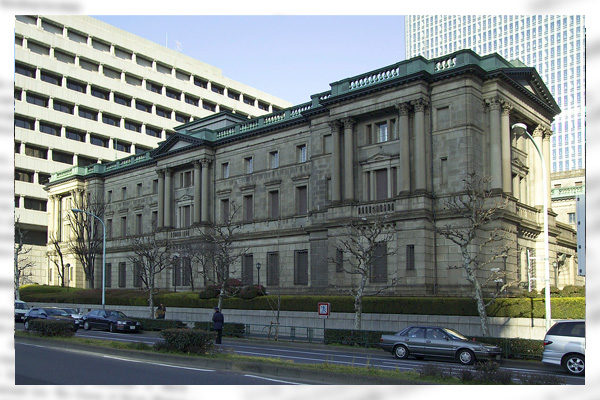The Bank of Japan has persistently continued with monetary easing in order to completely overcome deflation that has been stagnating Japan’s economy for a long time. Under its monetary easing framework, the BOJ adjusts the interest rate on current account deposits at the BOJ and its purchases of long-term Japanese government bonds to manipulate the short-term policy interest rate and the benchmark long-term interest rate, and lead the yield curve (drawn with yields on the vertical axis and remaining maturities on the horizontal axis) to rise smoothly to the right, with downward pressure maintained. In controlling the yield curve, the central bank has set the short-term policy interest rate at minus 0.1% and the target long-term interest rate at zero while tolerating the long-term rate to rise to the reference upper bound of 1.0% for market operations. No explicit upper limit is set on the benchmark long-term interest rate.
Although the BOJ has hiked the reference upper bound for the benchmark long-term interest rate in stages, the purpose of the hike has been not to raise interest rates but to increase the flexibility of BOJ market operations to allow the yield curve to adapt to a natural rise in yields amid a prediction of future price hikes. As of February 3, the benchmark long-term interest rate was 0.65% below the reference upper bound of 1%, demonstrating that the BOJ was fulfilling its mission of continuing with monetary easing while maintaining the policy framework.
Increasing pressure to raise interest rates
The Japanese yen has been depreciating against other currencies because only the BOJ has been continuing with monetary easing while foreign central banks have substantially raised interest rates to counter sharp price hikes triggered by the subsiding of the COVID-19 pandemic and geopolitical causes such as Russia’s aggression against Ukraine. Since currency exchange rate changes depend on expectations of interest rate differentials, the yen’s downtrend has continued. In Japan, the weakening yen has boosted import prices of food, energy and raw materials, bringing about an increase in the domestic price of these items.
This inflation is a cost-push type that originates from import price hikes and is usually short-lived. Since food and some other commodities are daily necessities, however, people have no choice but to buy them despite their price hikes. Therefore, price hikes caused by factors such as the yen’s depreciation have a direct impact on people’s lives. This is the reason why an opinion that Japan should “normalize” monetary policy to raise interest rates and correct the yen’s depreciation has become prevailing centering around the media.
Fiscal measures should be taken to address rising prices
Japan has failed to break away from the protracted stagnation known as “the lost three decades” due to the continued deflationary gap in which demand has remained below potential supply capacity. What would happen if the BOJ ended its negative interest rate policy, abandoning the framework of yield curve control for monetary easing at this time? Mortgage rates would rise. The expected wage increases would not come even as firms are finally starting to see momentum for wage hikes. The price stability target of 2% would not be achieved.
Realistic policies, namely the continuation of monetary easing at present, are indeed “normal.” Raising interest rates to induce the yen’s appreciation is wrong as an exchange rate policy and as a monetary policy. For the time being, fiscal measures, such as exempting consumption tax on food products, should be implemented to address rising prices.
Etsuro Honda is a member of the Planning Committee of the Japan Institute for National Fundamentals and a former special adviser to the cabinet. He advised then Prime Minister Shinzo Abe for the success of Abenomics.


